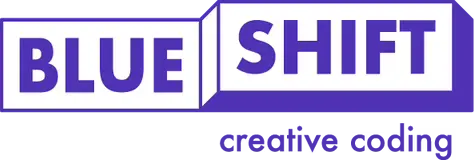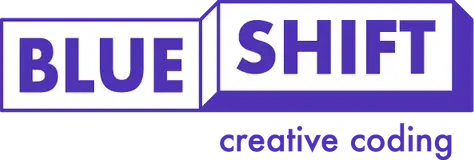A parent's guide to coding
It’s been predicted that by the end of 2020, there will be over 1 million unfilled jobs in the UK tech sector. Teaching children the skills they’ll need for the future job market is becoming crucial in order to deal with the growing tech industry. But coding can teach more than just computer skills. It prepares children by helping them with communication, creativity and problem solving, building confidence in the skills that will equip them for the future.
What is coding?
Simply, coding is the process of creating instructions for computers using programming languages. It allows us to communicate with computers and is used to programme apps, websites, games and other technologies that we interact with on a daily basis. To read more, we recommend this article for an overview of coding! https://careerkarma.com/blog/what-is-coding-used-for/
Scratch
Invented by MIT and launched in 2008, Scratch is used to start most young coders off on their coding journey. It was designed specifically for children, so it’s easy to get to grips with, hack with and experiment with because it’s block-based. This means there is no syntax for children to have to struggle with (and get frustrated with!) — they can just get on with making cool things. While it’s often used to quickly produce animations, more complex projects can be quite sophisticated and Scratch is actually used to teach computing at Harvard’s Intro to Computing courses.
We recently ran a hackathon for some of our teachers. Here’s one of their projects — a Connect 4 game. You can see that the logic can get quite advanced! https://scratch.mit.edu/projects/389746009/
Which ages do we recommend Scratch?: 6–10 (Children need to know how to read and use a keyboard in order to start learning Scratch — ideally 7 years old. On the other hand, remember, you’re never too old for Scratch! For some children, there is simply a certain point where they want to progress onto a more grown-up text-based language)
When do we use Scratch?: In all of our Scratch for beginners and intermediate classes
JavaScript — Bitsbox (Beginner JavaScript)
JavaScript is one of the most popular programming languages and is used to build 95% of websites, without it you wouldn’t be able to interact with this page! We use a very pared-down version of JavaScript to get children used to working text-based languages called ‘Bitsbox’. While Bitsbox does take liberties with traditional JavaScript, it’s a very fun introduction that really excites children and makes them feel like ‘real coders’. Children make apps with sophisticated looking graphics that have them blowing up slices of pizza and animating Donald Trump’s head…. (seriously).
Pros: easily create sophisticated games and apps using a ‘text-based’ language. Children LOVE it and it instils a real love of coding.
Cons: Syntax and code structure is a bit idiosyncratic and maybe a bit confusing for students as they move onto another coding environment.
Which ages do we recommend JavaScript (Bitsbox)?: 10+ (or 8+ with typing skills and Scratch experience)
When do we use Bitsbox?: In all of our JavaScript for beginners classes
JavaScript — p5.js (Intermediate and Advanced JavaScript)
For the next level of JavaScript, we introduce students to a web-based version of Processing called p5.js, which is used at some architecture and design schools for computational arts. This is more of an ‘adult-level’ programming environment. Students have to work a bit harder to make work that is fulfilling, and sometimes this can be frustrating for younger students. However, it’s a great visual programme.
Which ages do we recommend JavaScript (p5.js)?: 10+ (for experienced text-based coders)
When do we use p5.js?: In our Intermediate JavaScript classes
Python
At an introductory level, we get children creating graphics and making quizzes. Python isn’t as graphic or as easy to make games with as JavaScript — however, it sets a good great foundation for learning computer science later on. It’s the most popular language for computer science in secondary school here in the UK.
Which ages do we recommend Python?: 10+ (or 8+ with typing skills and Scratch experience)
When do we use Python?: In all of our Python classes
(We often get asked whether students should learn JavaScript or Python. There’s no simple answer unfortunately, but we like this article which compares the two languages! https://www.freecodecamp.org/news/what-programming-language-should-i-learn-first-19a33b0a467d/)
One of our main aims is to make coding fun and rewarding. We take children on a coding journey, and it’s not always an easy path! It requires self-motivation and lots of practice. The more enjoyable the experience, the more the child will learn and get out of our classes. If you need any help choosing which course is best for your child, please do not hesitate to contact us!






